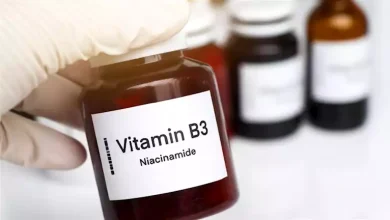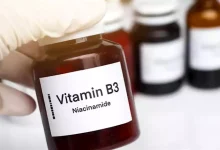Using Six Sigma to Improve Student Teamwork Experience and Academic Performance in Circuits Analysis Course

Recently, quality of teaching and learning has gained significant importance among Higher Education Institutes (HEI) stakeholders. Engineering education in many studies emphasizes the importance of using effective teaching strategies to enhance students’ academic performance and students’ satisfaction. These strategies help engineering educators in multiple ways, including creating a stimulating learning environment, actively involving students in the learning process, enhancing students’ engagement, and improving students’ learning. One of the most effective strategies includes utilizing collaborative teamwork. Many undergraduate Electrical and Computer engineering courses include teamwork activities. Group work can offer many benefits, including improving communication and teamwork skills, appreciation and respect for others. However, group work activity sometimes leads students into a challenging experience, especially for students who are not familiar with group activities at university, and may also decrease individual performance. When creating groups, instructors are faced with deciding whether to allow students to form their groups or assign them to groups, whether to switch groups or keep them the same all semester and whether to require students to submit their work individually or as a group. An Electrical Circuits course for major and nonmajor students is used as a case study. Six Sigma Methodology is implemented to investigate the issues related to students’ teamwork experience. A CriticaltoQuality (CTQ) tree is constructed to identify the needs of the students. Potential causes are identified and analyzed using a Fishbone diagram and 5whys. Students’ performance is used as a quality metric to evaluate the teamwork experience before and after the improvements. We collected students’ academic performances based on four exams for more than 70 students over two academic years. New strategies to overcome students’ teamwork challenges are identified. As a result, we redesign groups based on diversity in performance. The results show a significant improvement in the grades and teamwork overall performance as well as students’ satisfaction. The control chart helped monitor the new implementation, and a standard procedure is designed to follow in other classes.





